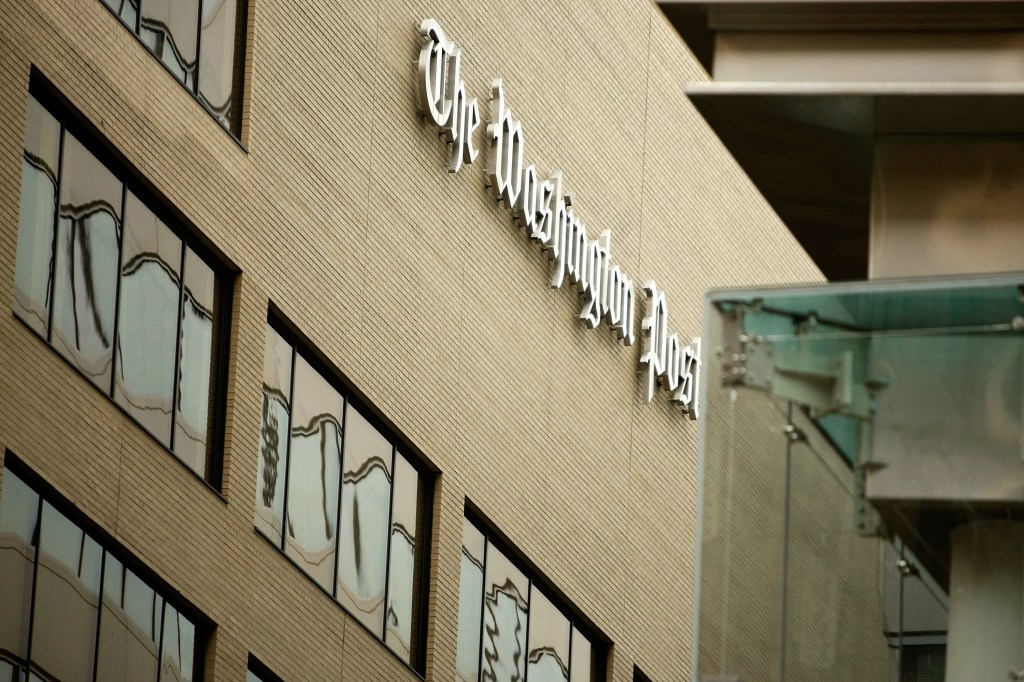Collaboration Between Washington Post and OpenAI Aims to Enhance Access to Quality News Through ChatGPT

The Partnership Between The Washington Post and OpenAI
With the objective of enhancing access to high-quality news, The Washington Post has partnered with OpenAI to integrate ChatGPT into its news delivery system. This strategic collaboration aims to provide users with concise summaries, relevant quotes, and direct links to original articles from the Post, making the news more accessible for a wider audience.
The Context of AI in the Media Industry
The announcement of this partnership occurs during a tumultuous period for various sectors, particularly media. Many news organizations are grappling with the implications of artificial intelligence. While some are choosing to collaborate with AI companies to secure additional revenue and stability, others are taking legal measures against what they view as potential threats to their operations. For instance, The New York Times Company has filed a lawsuit against OpenAI, claiming copyright infringement, which was recently allowed to proceed by a judge.
The Washington Post’s Recent Challenges
The Washington Post, owned by Amazon founder Jeff Bezos for over ten years, has been facing challenges recently. The publication experienced a notable decline in subscribers after Bezos stated that the Post would not endorse any presidential candidates ahead of last November’s elections. This break from its traditional practices, combined with broader changes in its editorial policies, including a focus on promoting personal freedoms and free-market ideologies, led to significant shifts in readership engagement.
Heavyweights Investing in AI
Beyond the media landscape, Amazon is one of several technology giants investing heavily in artificial intelligence, with plans to expend hundreds of billions over upcoming years. Similarly, Microsoft has injected $13 billion into OpenAI, bolstering ChatGPT’s growth and capabilities.
Goals of the Partnership
According to a press release, the partnership between The Washington Post and OpenAI underscores a mutual commitment to making credible, factual information more accessible. The collaboration is particularly relevant for complex or rapidly evolving subjects, where timely and well-researched reporting becomes crucial. The initiative will ensure that users have clear access to comprehensive articles, fostering an informed audience.
Concerns Over AI and Future of News Links
Despite the potential benefits, there are concerns within the news industry about the future of hyperlinking in an increasingly AI-driven world. Changes in Google’s search algorithm have highlighted the possibility that links to external sites may diminish as AI platforms like Gemini surface direct results without redirecting users. With Google holding nearly 90% of the search engine market share, publishers worry about retaining traffic to their own websites amidst such transformations.
Emphasizing Audience Engagement
Peter Elkins-Williams, the Head of Global Partnerships at The Washington Post, emphasized the importance of meeting audiences where they frequent. He stated that ensuring ChatGPT users have easy access to their impactful reporting reflects the publication’s dedication to providing information in a manner that fits the needs of its audience. This approach aims to enhance readership and ensure that trusted journalism remains accessible.
OpenAI’s Reach in News Delivery
Varun Shetty, Head of Media Partnerships at OpenAI, noted that ChatGPT attracts over 500 million users weekly, showcasing its significant influence in news dissemination. By investing in reputable journalism through collaborations with partners like The Washington Post, OpenAI aims to equip its users with timely and reliable information that meets their needs. This partnership is part of a broader trend, as OpenAI has already established 20 similar agreements with various news publishers across 160 outlets in more than 20 languages.
This combination of technology and journalism highlights the ongoing evolution within the news industry as it adapts to a changing digital landscape.






